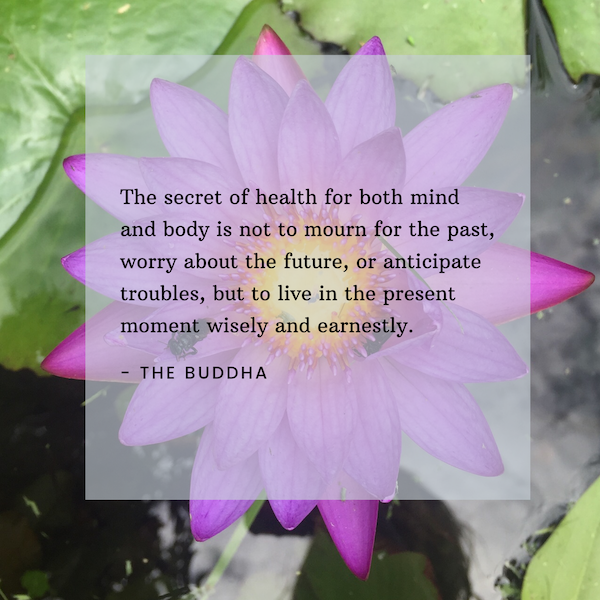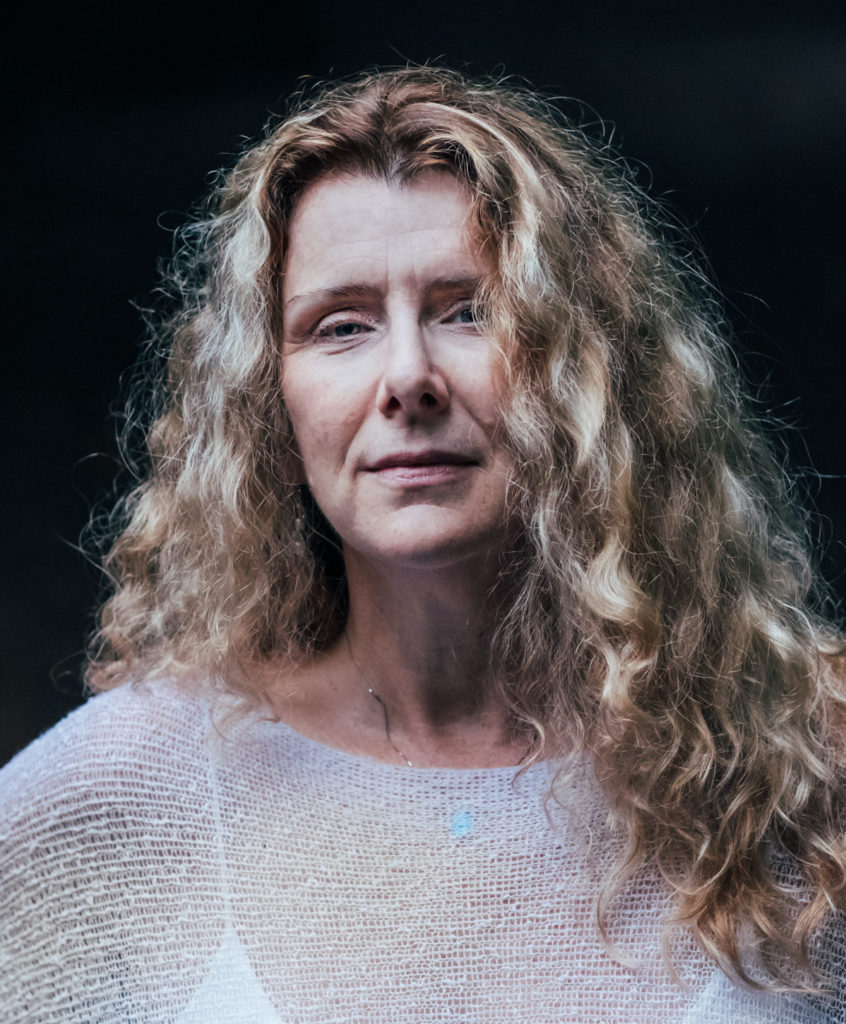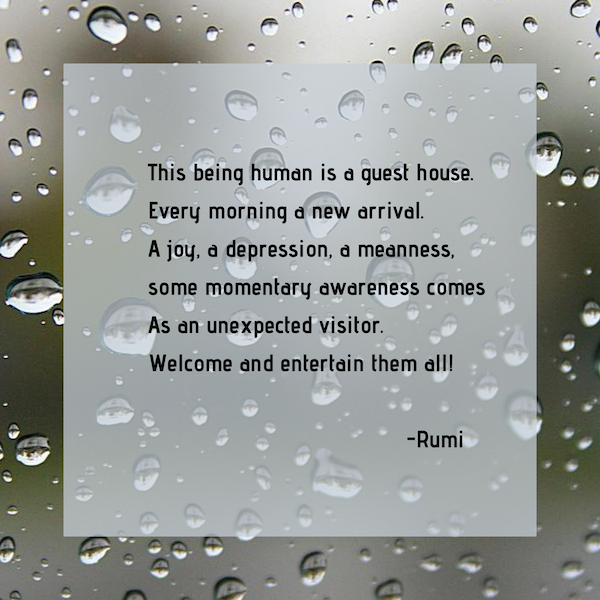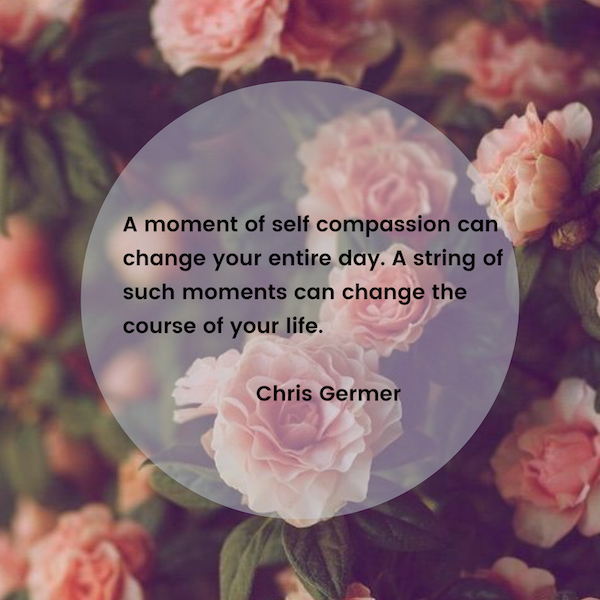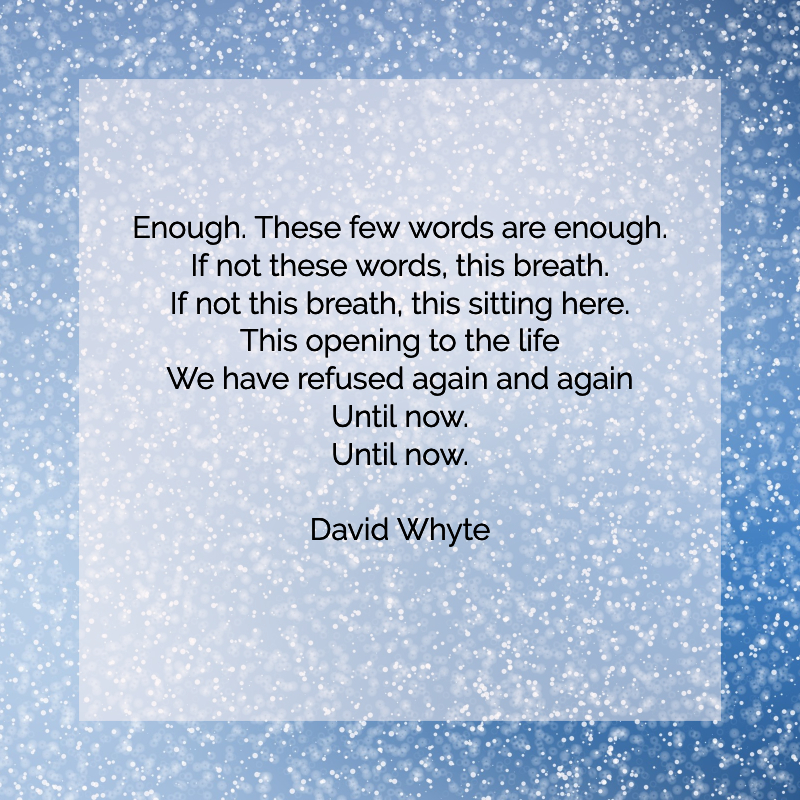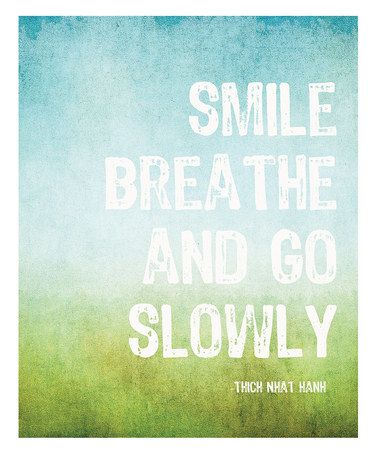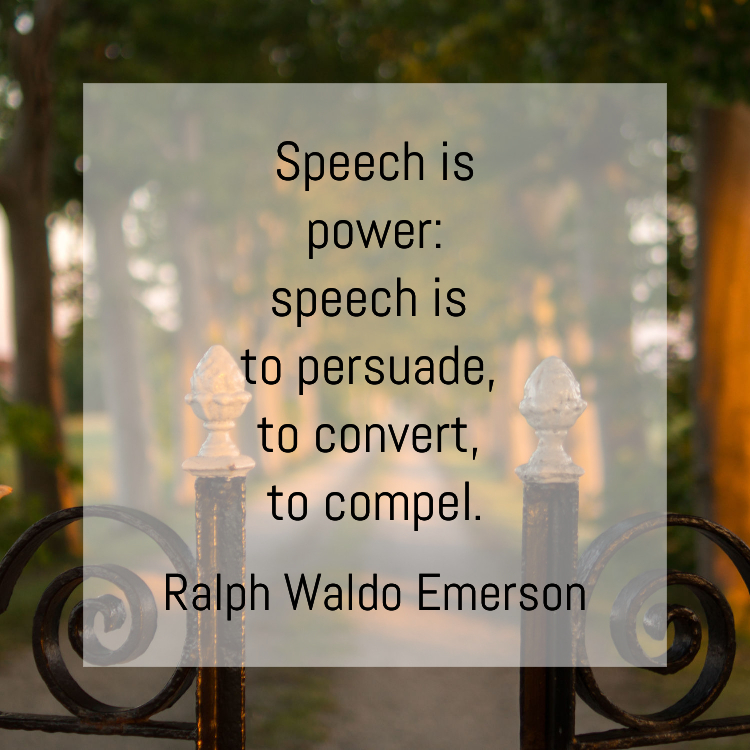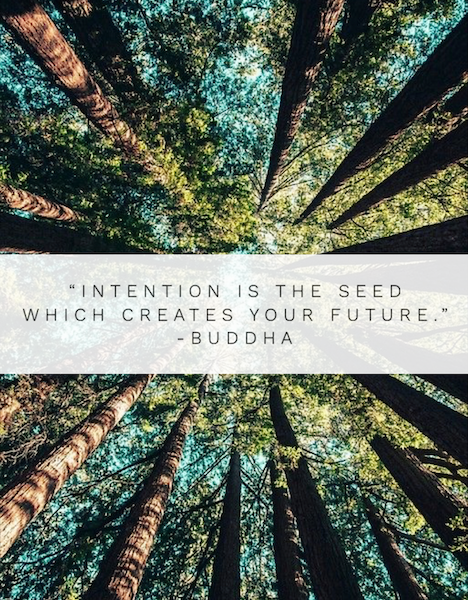
Bringing awareness to our intentions requires mindfulness in daily life. Even with mindfulness it’s common to get swept into a “limbic-based autopilot mode” (i.e. our highly reactive self). It can happen as your day unfolds and you are met with daily challenges–sometimes even at the moment of waking up. I often find I go to bed after reading some inspirational texts and feel a sense of connection and deep aspiration for living from my deepest intention the following day. Only to wake up and have “forgotten” it all when I am met with a feeling of fatigue, moodiness, anxiety and/or gloom. To combat this frequent pattern, I found it helpful to write my vow, rehearse it, and recall it at the beginning of my morning ritual. In doing this there can be an instantaneous connection and my body shifts in resonance with my vow. Other days it takes much more to return to this intention, it requires some acceptance and self-compassion around the lack of connection I feel. At times my sitting practice is enough to connect me. There is so much written on intentions, such as Wayne Dwyers well-known book, The Power of Intention( when I speak about intention I am referring to an intent to take a course of action or actions (daily ) that is closely related to my deepest aspiration). Be aware that if we are not actively and consciously creating intentions we could instead follow the basic drives of survival which live in all of us.
A daily practice that is based on a deep aspiration or vow to “wake up” and act according to our intentions can help to grow the strength, the presence, and the overall power of these intentions to shine and occupy greater portions of our daily life. This can translate into less autopilot limbic reactiveness, aka, freaking out! My daily practice provides the nutrients and energy to fuel the actions of my intention. So, what happens if I run out of fuel before I even make it to work? Unfortunately, at times I find myself lacking the strength or the resources required to be living according to my vow. The awareness and acceptance that this is also part of the path, discovering that setting intentions does not mean we manifest complete adherence and perfection immediately. Tara Brach teaches, “If there is suffering our intention is often shaped by fear and grasping” so when we are experiencing suffering (sometimes unconscious suffering) despite also holding strong values or aspirations, our actions will be shaped by our limbic reactions of fear or grasping. This is part of our human nature. No need to be disheartened; suffering can also be a great force to serve awakening when it is met with mindful awareness and compassion. I often recommend students in mindfulness courses and training to seek support of a skillful trauma or grief-informed teacher or therapist on this first leg of the journey. They can offer compassion and understanding when students get hit by the strong reactive patterns that can “block us” on the path.
I like to think of my aspiration like a compass heading, and just like other beings, I too am challenged each day to stay the course. Learning to check in with this compass and knowing how to read it comes mostly from tuning into the body, because that’s where the strongest signals come from to guide me. So, part of my practice has become building awareness around the things that pull me off my path, the obstacles on the path, and the signals that alert me along the way. The ability to bring acceptance without judgment to this process and knowing that it is all part of the path, allows me to continue to deepen awareness of my deeply conditioned patterns so I can change the ones that interfere with my aspiration.
Finally, the moments of self-compassion when I miss the mark, AGAIN, helps me to return much more quickly to my deepest aspiration because my deepest aspiration is literally activated through invoking self-compassion.Since self-compassion is a heart practice, it activates the heart, opening and releasing the energy of love and kindness and my deepest vow and aspiration is….TO BE LOVE IN ACTION WITH ALL BEINGS!I have deep gratitude for all my teachers, for my practice, my students who are also teachers, and all the challenges I face because they are what serves this ever awakening heart of mine. MBSR and MSC courses are amazing places to start this work if you are so inclined to discover your deepest aspiration and live an intentional life. For students who have completed one of these courses, join the Tuesday evening Sanga at 6 pm this week as we explore our deepest aspirations and living our “vows.”
With love,
Patty
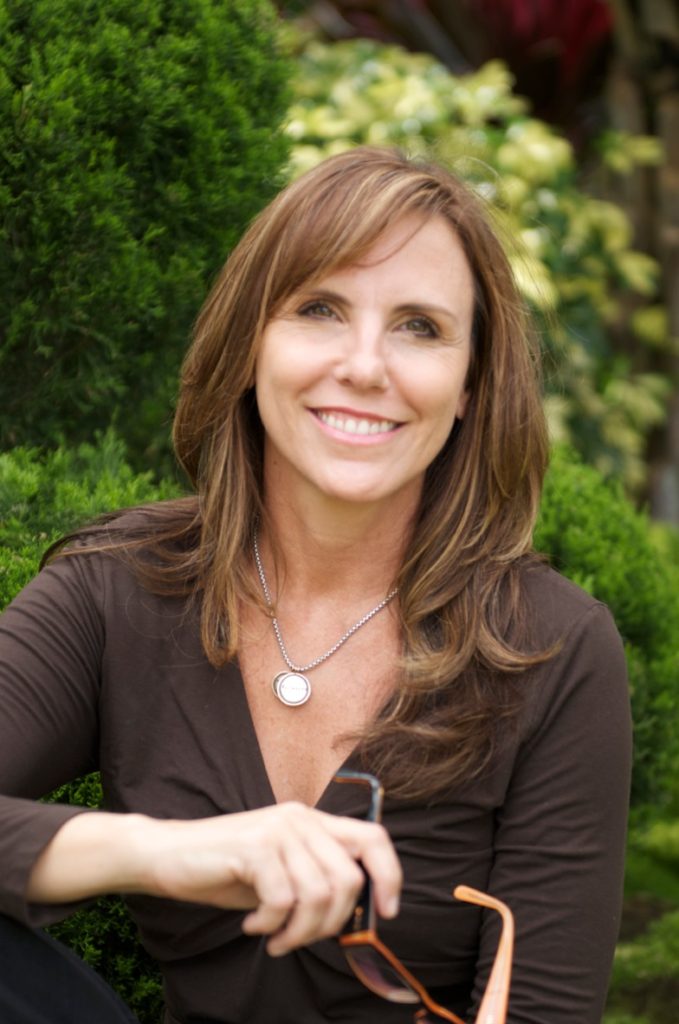
Patty Thomas Shutt, founder of Sacred Treehouse, is a licensed psychologist and co-owner of Therapeutic Oasis of the Palm Beaches. Dr. Shutt is passionate about helping others discover the benefits of mindfulness and meditation. She offers Beginner Meditation & Advanced Meditation classes at Sacred Treehouse, in addition to Mindfulness Based Stress Reduction, Mindful Self-Compassion and various book studies throughout the year.

